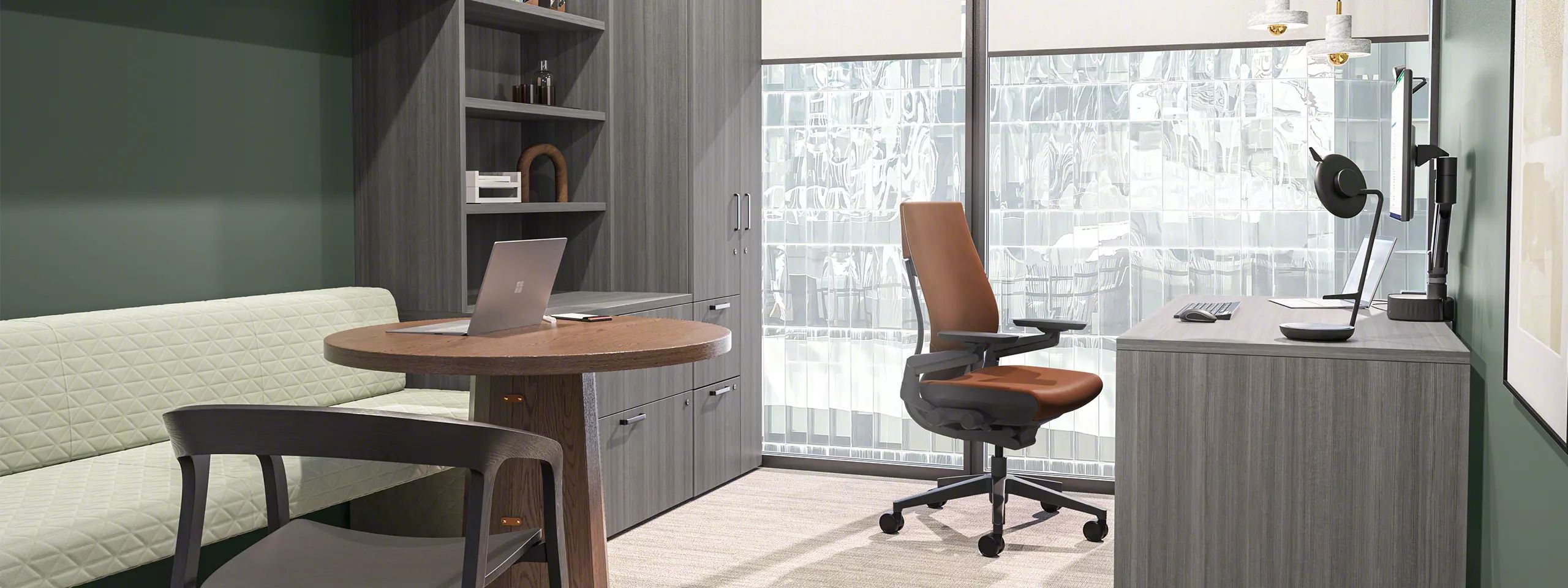Private offices are becoming more dynamic, demanding effective use of space based on varying levels of hybrid and in-person work.
New Design Typologies
Steelcase designers evaluated trends around private offices and identified that with the emergence of hybrid work as well as new ways of working, the purpose of private offices is shifting. These spaces are no longer specifically just owned spaces where individuals do heads down work; they are now being designed as dynamic private spaces that do more while effectively utilizing space.
Explore below how Private Offices are changing.
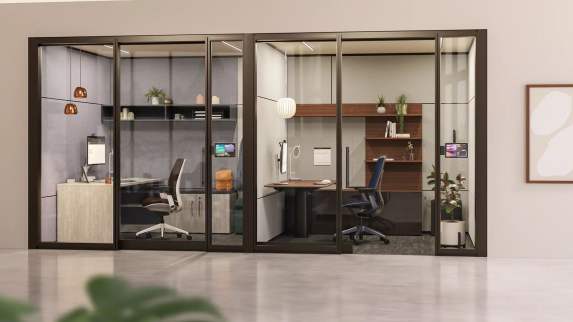
Reservable Offices
To enable better space utilization with hybrid work models, employers are seeing ways to maximize use of space, leveraging varying levels of ownership models ranging from co-owned to completely bookable.
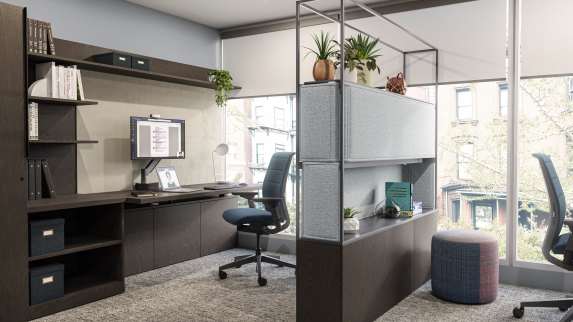
Shared Offices
Shared offices provide an enclosed focus space for two users. The tall storage offers privacy between users as well as a backdrop for virtual calls with space for personalization.
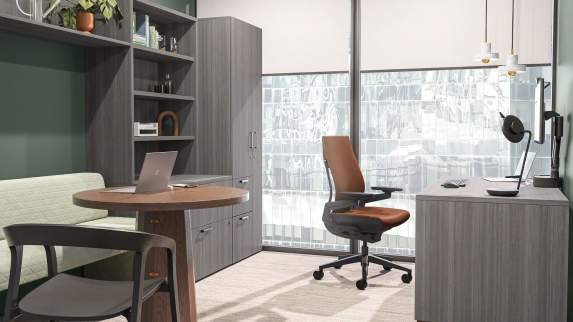
Hybrid Work
Increasingly, we are meeting with colleagues that are working or with globally distributed teams. Even traditional private offices need to be designed to support an individual doing focus work as well as collaborating both in-person and virtually.
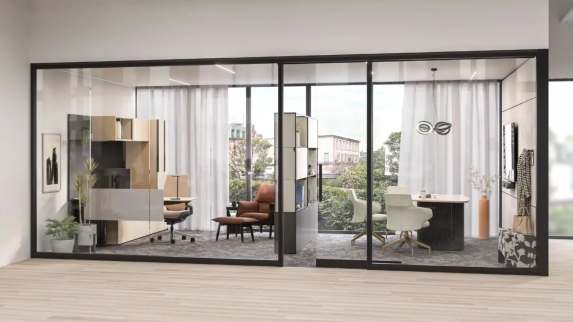
Zoned Spaces
Leaders change work modes throughout their day: heads down focus work, meeting with teams and colleagues, and taking time to recharge and reflect. Designing private offices with various zones provides effective space for various work modes all in one room.
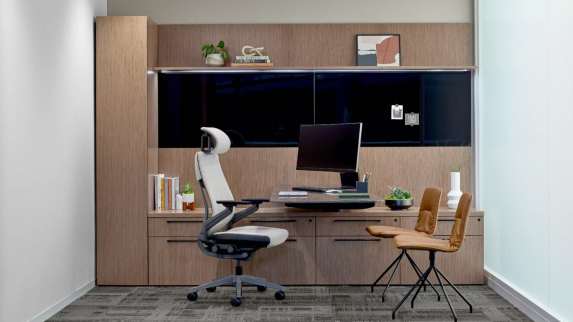
Dual Purpose
Creating dual purpose spaces solves for workforce variability and better space utilization. Private offices can be designed to support multiple people doing focus work or collaborating. A kit of parts can be leveraged to convert meetings rooms to private offices with a few additional components.

